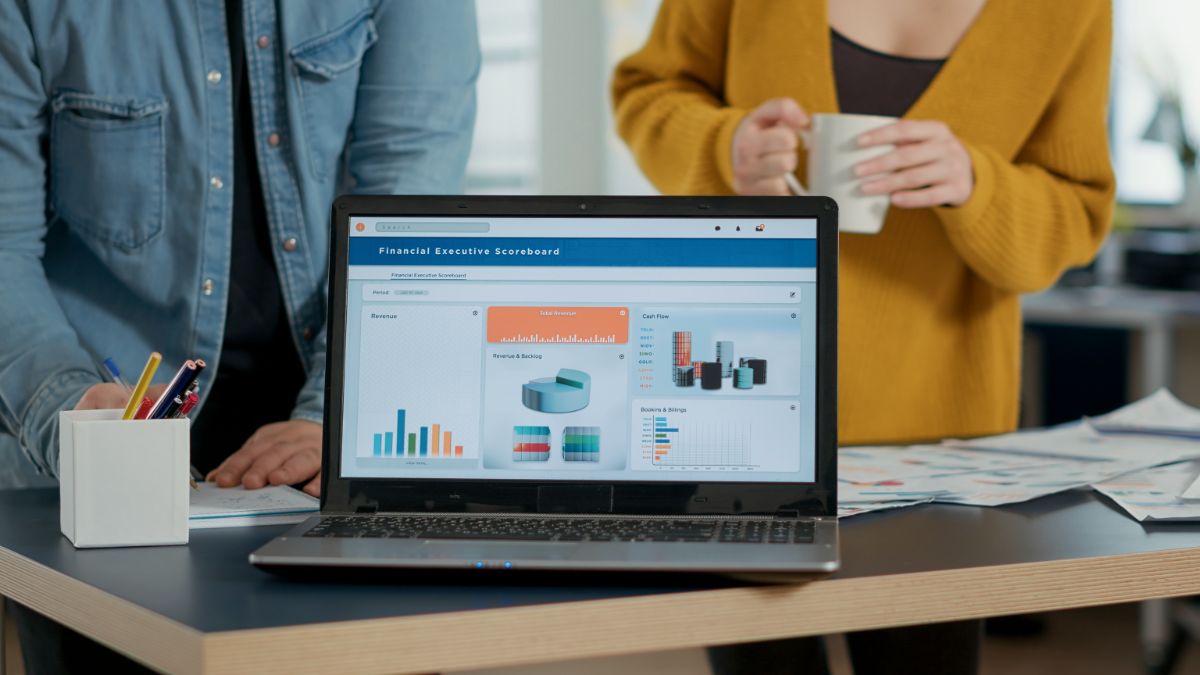What are the steps to implement a barcode inventory system?
- Create a product code
- Choose a barcoding inventory software system
- Define your barcodes
- Create your barcodes
- Put the barcoding inventory in place
Barcode inventory systems have changed the way many businesses operate. Aside from keeping track of their inventory, it is also used to optimize and manage their procurement process. This IT solution allows them to request vendor quotes, create purchase requests, and pay suppliers from external sources.
If you are looking to apply this to your business, this article enumerates the steps on how to implement a barcode inventory system. It’ll make a lot of everyday tasks easier and reduce human errors along the way.
Create a product code
The first step in implementing a barcode inventory system is to make your product codes. There are two kinds of product codes you can choose from - Universal Product Code (UPC) or Stock Keeping Unit (UPC)
Universal Product Code (UPC)
The UPC can be used for internal and universal use since it can be registered with Global Standard 1. There, you can get a unique code for your company. The UPC is usually 12 digits long. It’s used to identify and keep track of your stock in-store. At the same time, it can be used to track products all over the globe.
When you make a UPC product code, you’re able to protect your company’s brand from theft. It also allows you to sell your product on platforms like Amazon.
Stock Keeping Unit (SKU)
This product code can be created manually or through inventory management software. It is unique to your own company since it’s only made for internal use. Its primary use is to keep track of stock inside your inventory. It typically comes in just eight digits.
Pick a product that suits your business and its needs.
As you create product codes for your inventory, make sure to input important information like its measurements, purchase cost, vendor information, and physical description. You can also note the minimum amount needed in your inventory. This makes it easier to organize your inventory’s information.
Choose a barcoding inventory software system

With your product codes made, you can now start to create your barcodes. To do this, you’ll need to choose a software system to create them for you.
DynamIQ’s Barcoding is fully integrated into SAP Business One. This is an enterprise resource planning (ERP) solution that works on a centralized database. Through SAP Business One, you’ll be able to connect all your business units and employees in one single software.
Define your barcodes
With your chosen software, you can now define your barcodes. Some software allows you to pick the kind of barcode for your inventory since there are various types of codes available.
Types of Barcodes
- Numeric: It consists of just numbers in a horizontal or vertical form. This is used in warehouses, industrial industries, and in retail.
- Alpha-numeric: It consists of both numbers and letters in horizontal or vertical form. This is the most common barcode used in various industries. It is found in almost every industry from automotive to your local grocery.
- 2-Dimensional: The images in this barcode are made up of various dots, squares, and patterns. Compared to the previous barcodes, this can be scanned even with poor resolution. A QR Code falls under this type of barcode.
The barcode inventory system of SAP Business One creates QR code functions. This allows you to encode complex data into smaller and readable codes. A benefit of QR barcodes is that they can be read from almost any angle and still provide complete data from your system.
Create your barcodes
The next step is to create the codes and print them all out. You also rely on your software to create and print out the codes of each item in your inventory.
DynamIQ’s barcoding system through SAP Business One has automated labeling. This ERP solution centralizes its label generation, design, and printing function.
Since it's all incorporated into one database, it is also easier to make changes for each code. These will be automatically updated across every linked operation from a centralized location. It saves you a lot of time from manually editing and re-labeling every time an update is made.
Put the barcoding inventory in place
The last step in implementing a barcoding system is to label all the items in your inventory. This can be the longest part of the entire process since it requires you to manually stick each code on each item.
As you print and stick the barcodes, make sure to take extra measures. Many environmental factors can affect your barcode’s printing. Exposure to direct sunlight and temperature changes can allow it to fade. Place codes in places where they won't be easily affected by these factors.
Key Takeaway
This article enumerated the steps on how to implement a barcode inventory system. Once installed, you’ll find everyday work become much easier since data tracking has become easier and more efficient.
If you’re looking for the top barcoding inventory system, message us here at DynamIQ. We carry a barcode inventory system integrated into SAP Business One. We are an official distributor of SAP services and solutions in the Philippines.


